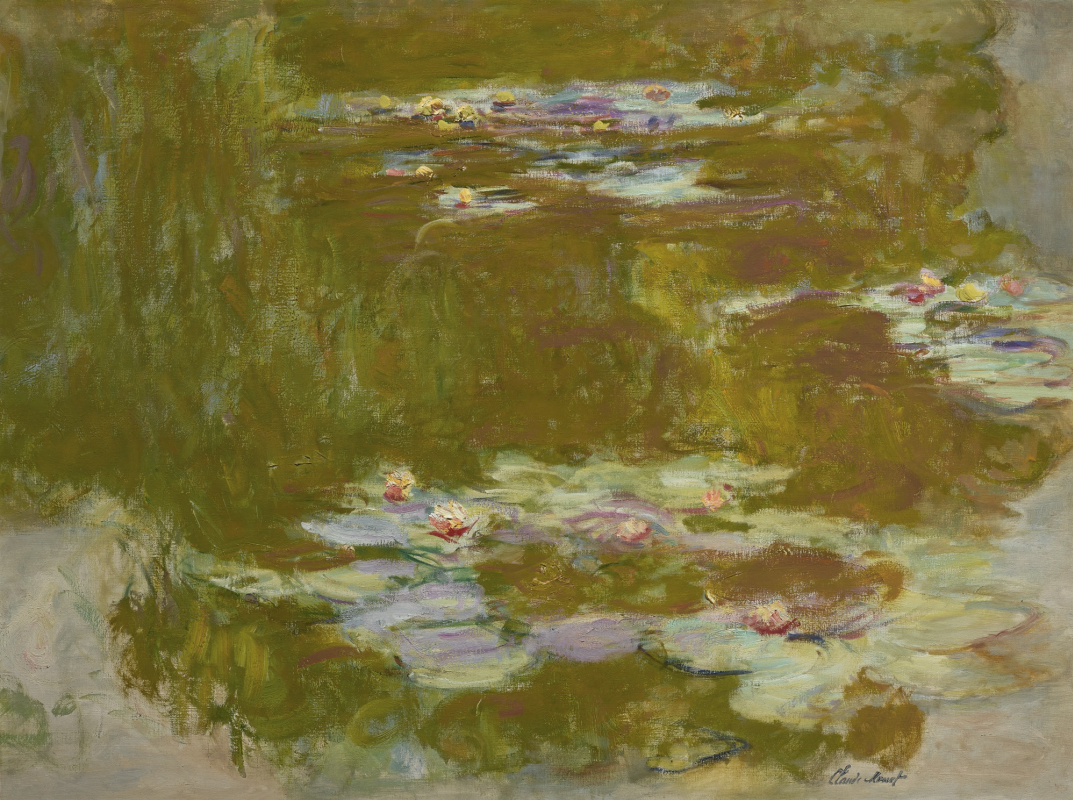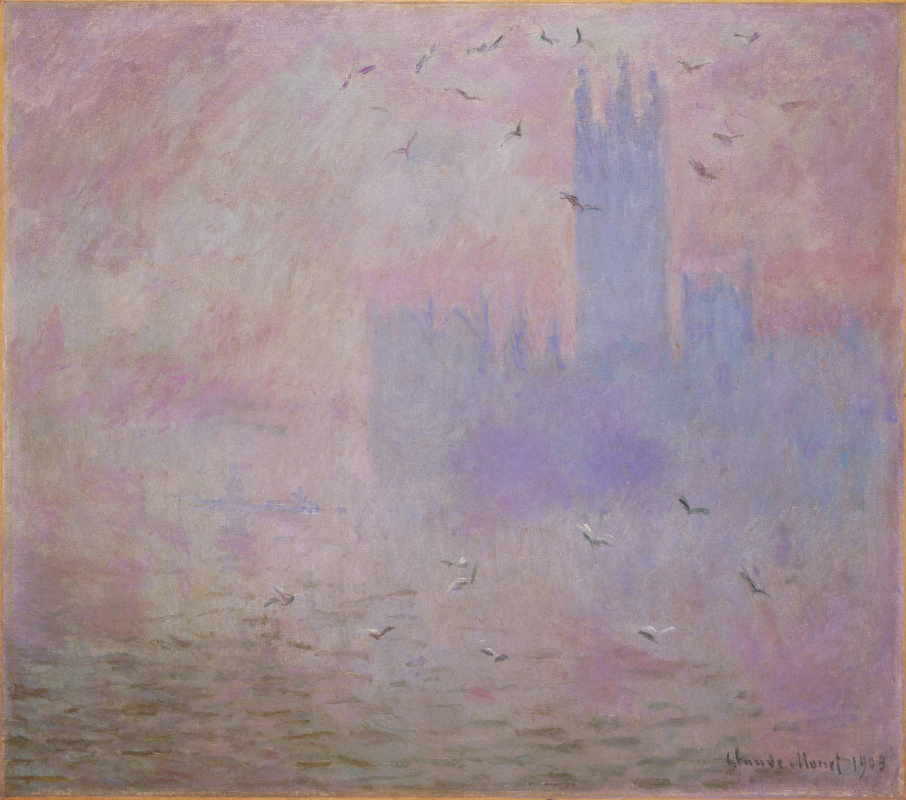From September 2018 unique paintings by Claude Monet will be on show at the Albertina Museum, Vienna. Jointly with the Musée Marmottan in Paris, Albertina is devoting a large monographic exhibition to Claude Monet’s treatment of colour, which has seen little examination to date, as well as to the painter’s passionate fascination with the world of plants and water in the garden of his country home in Giverny.

Three paintings from the museum’s own holdings (The Batliner Collection) as well as important loan works from international museums and private collections illuminate Monet’s development from Realism
to Impressionism and onward to a mode of painting in which colours and light gradually separate from the subjects that reflect them, with the motif breaking free from mere observation of nature.
The Batliner Collection
Herbert and Rita Batliner started collecting art almost 50 years ago. Their close friendship with Ernst Beyeler influenced them from the very start to base a specific part of their collection on French Impressionist and Post-Impressionist painting. Meanwhile, the couple concentrated from the beginning also on works by Pablo Picasso and the Russian avant garde.To safeguard the indivisibility of this outstanding private collection and its fundamental perpetuity, Herbert and Rita Batliner have incorporated their works of art into a foundation: the Herbert and Rita Batliner Art Foundation. This is the provider of the permanent loan now being transferred to the Albertina, similar to the Austrian Ludwig Foundation, which also brought works acquired over 25 years as the Foundation’s inalienable property into the collection of the Albertina.
Lily pond
1910-th
, 97.2×129.9 cm
Claude Monet (1840−1926) is a French "Master of light". He stands like no other artist for the Impressionist style. He painted on the rugged coastal rocks of Normandy, on the seashore or on the banks of Seine, with water surfaces in his paintings reflecting the vivd colors of lush vegetation in his summer landscapes and the mysterious grey and blue fog in his winter ones.
Monet’s light and colours change on the canvas in accordance with nature’s constant transformation, as well as the diversity of atmospheric impressions that the painter gleaned from his motifs—and it was his urge to capture this diversity that moved him to paint many such motifs in series.
He repeatedly painted the same subjects in different lights, at different hours of the day, and subjected to the changes of weather and seasons. This practice began in the 1880s and continued until the end of his life in 1926.
He repeatedly painted the same subjects in different lights, at different hours of the day, and subjected to the changes of weather and seasons. This practice began in the 1880s and continued until the end of his life in 1926.
The houses of Parliament. Fog and seagulls
1903, 81×92 cm
After all, even after Monet’s death, these later works could pave the way for abstract Expressionism
in painting.

Claude Monet. View of Vétheuil, 1888
Oil on canvas ((c)The Albertina Museum, Vienna. The Batliner Collection)
The exhibition will last until 6 January 2019.
Based on materials from the official site of Albertina Museum.
Title illustration: Claude Monet. The Water Lily Pond, 1917 — 1919. Oil on canvas (© The Albertina Museum, Vienna. The Batliner Collection)
Title illustration: Claude Monet. The Water Lily Pond, 1917 — 1919. Oil on canvas (© The Albertina Museum, Vienna. The Batliner Collection)




















